Newspoll shows support for minor parties back to pre-pandemic levels
Support for the minor parties categorised as ‘others’ has jumped from 10 per cent in the September quarter to 12 per cent.

Support for fringe parties and independents has returned to the levels of the last federal election, both nationally and in the battleground state of Queensland.
An exclusive Newspoll demographic analysis reveals support for the minor parties categorised as “others” – not including the Greens and Pauline Hanson’s One Nation – has jumped from 10 per cent in the September quarter to 12 per cent in the December quarter, on par with the 11.8 per cent of the vote they won in 2019.
The state-by-state breakdown of the federal vote also shows Scott Morrison and Anthony Albanese both face negative approval ratings nationally entering the new year election campaign.
In Queensland, the Newspoll shows almost three in 10 voters plan to vote for minor parties or independents, almost matching the 29.6 per cent who didn’t vote for the Coalition or Labor at the last election.
Six minor-party MPs were elected to the lower house at the 2019 poll nationally.
The quarterly Newspoll analysis reveals a rise in voting intention in favour of minor parties and independents over the past three months. It shows that while support for minor parties is strongest in Queensland, there has also been a rise in backing for independents and fringe parties in Victoria, where 15 per cent of voters are now getting behind minor or “other” categories.
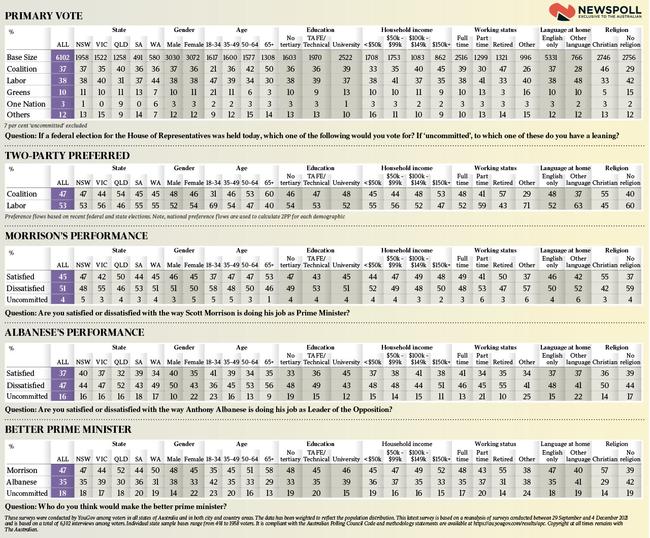
The results show the flight to the fringes is being driven largely by non-university-educated voters, those aged 50 or over and among those who don’t have a full-time job.
It coincides with a loss of support for the Liberal and National parties among male voters and a continued fall in Mr Morrison’s satisfaction levels. The Prime Minister has dropped six points to end the year with a negative net approval rating of minus six, only just ahead of rival Mr Albanese on minus 10.
The largest loss of support for the Prime Minister has been among men and TAFE-educated voters. The previous quarter showed that while Mr Morrison had a problem with women voters, this has now expanded to men, with his satisfaction among male voters now also dipping into negative territory.
The analysis of Newspoll surveys conducted between September 29 and December 4 has Labor leading the Coalition on a two-party-preferred basis of 53-47. This is unchanged on the previous quarterly analysis.
Based on swings since the 2019 election, state by state, the Coalition faces the loss of up to 12 seats if the results were to be replicated on a uniform basis at an election.
The shift away from the major parties comes amid the rise of climate activist network C200, which is fielding candidates in a string of moderate inner-city Liberal seats, and an aggressive strong anti-establishment campaign over the management of the pandemic being waged by Clive Palmer’s United Australia Party and other right-wing independents.
While the shift to the “others” column has been most pronounced in Queensland and Victoria, it has also been reflected in South Australia and NSW to a lesser degree.
The total vote in Queensland for all parties other than the two majors has reached 29 per cent – almost level with Labor’s primary vote, which has fallen two points to 31 per cent. It marks a rise of four points over the past three months.
At the 2019 election, 29.62 per cent of Queensland voters cast a vote for minor parties or independents.
The LNP has also lost ground to minor parties, with its primary vote falling two points to 40 per cent.
But Queensland still remains the Coalition’s strongest state. The Greens have lifted two points to 11 per cent in Queensland – now ahead of the party’s vote in Victoria – with One Nation lifting a point to 9 per cent and “others”, which includes UAP, also up a point to 9 per cent.
For the Coalition, which needs to hold its ground in Queensland if it is to be re-elected, the shift in support to predominantly right-wing minor parties has seen the two-party-preferred lead of 55-45 in September, drop back to 54-46.

In Victoria, a four-point rise in support for other minor parties and predominantly left-wing independents to 15 per cent has come at the expense of Labor, which has fallen two points to 40 per cent, and the Greens, who also lost two points and have sunk to 10 per cent in their traditionally strongest state.
The Coalition, however, remains on an unchanged low primary vote of 35 per cent, with Labor leading 56-44 on a two-party-preferred basis.
Support for “others” rose four points in South Australia to 14 per cent, and two points in NSW to 13 per cent.
South Australia also saw the largest primary vote fall for the Coalition, which dropped four points to 36 per cent during a period that included the announcement of the AUKUS nuclear submarine deal, which cast doubt on the future of defence industry jobs in the state.
The Greens also rose two points to 13 per cent, making it the minor left-wing party’s strongest state.
In NSW the Coalition also lost ground with a two-point fall in popular support to 37 per cent. Labor has extended its two-party preferred lead by two points to 53-47. While Mr Morrison’s approval ratings continued to slide over the past three months, he remains ahead of Mr Albanese as the preferred prime minister – 47 per cent to 35 per cent.
Mr Morrison’s loss of personal support was most pronounced in Queensland, where his approval ratings dropped from 55 per cent to 50 per cent over the quarter, while his dissatisfaction levels rose from 41 per cent to 46 per cent.
However, it remains the only state where he maintains a net positive approval rating.


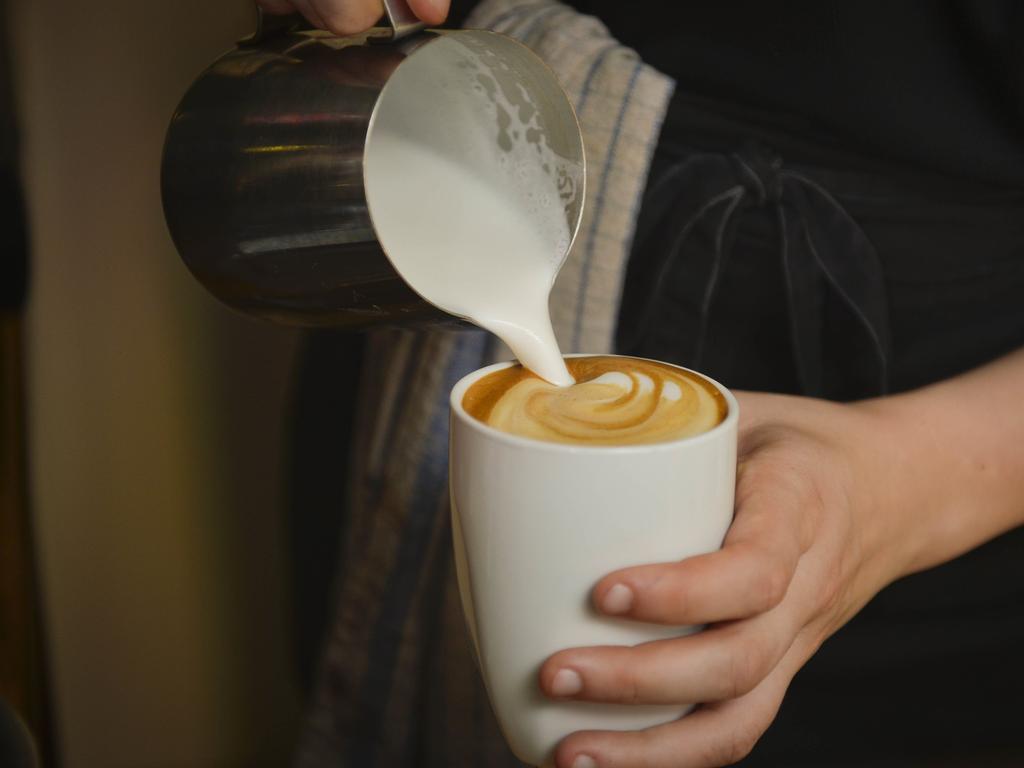
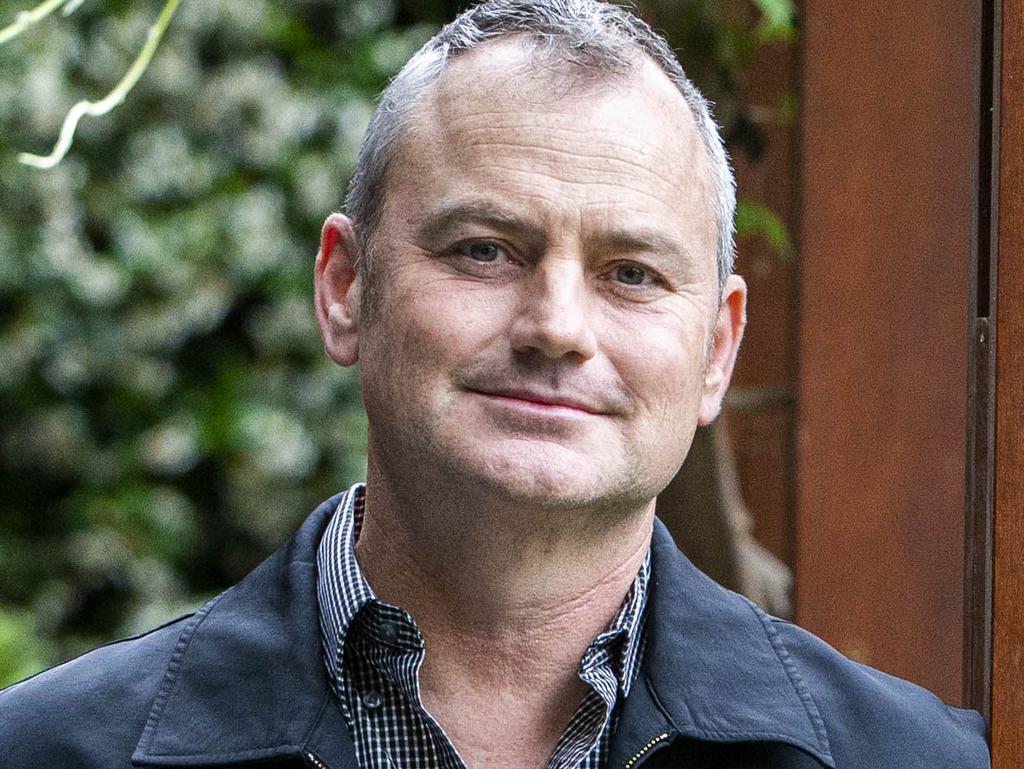
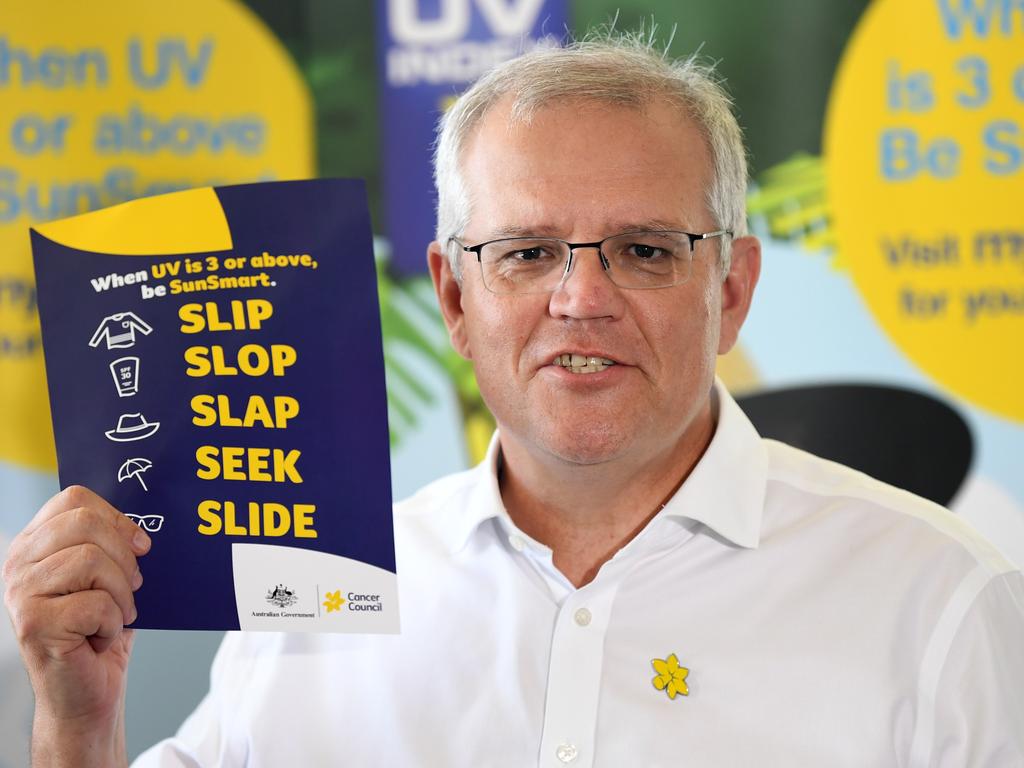
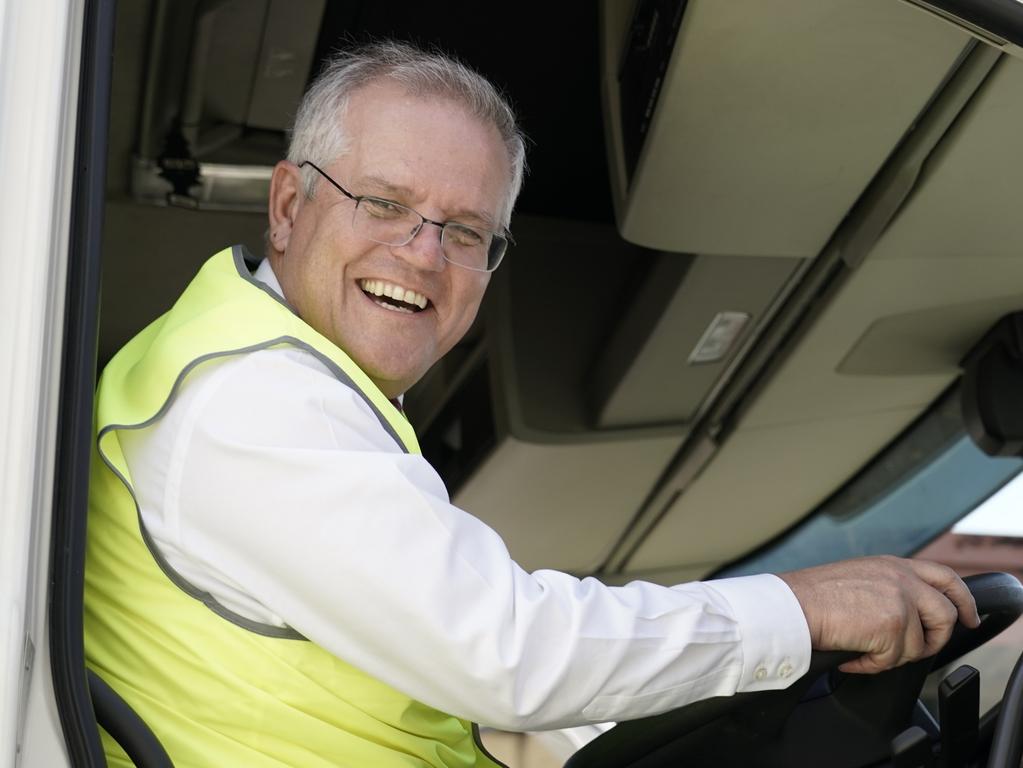


To join the conversation, please log in. Don't have an account? Register
Join the conversation, you are commenting as Logout